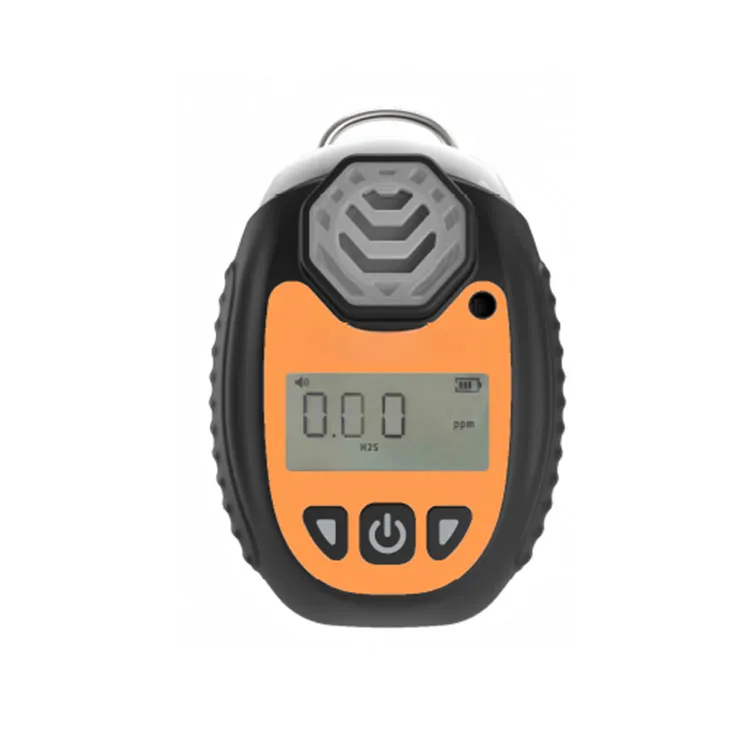How to Use a Personal Carbon Dioxide Monitor Effectively
2024-10-29
Once you've decided to invest in a personal carbon dioxide (CO2) monitor, understanding how to use it effectively is crucial to maximizing its benefits. In this blog, we’ll provide practical tips for using your personal CO2 monitor to ensure accurate readings and promote better air quality.
1. Understanding CO2 Levels
Before using your monitor, familiarize yourself with typical CO2 levels:
- 400-1,000 ppm (parts per million): Generally considered normal levels in well-ventilated spaces.
- 1,000-2,000 ppm: Indicates poor air quality, which may cause drowsiness or discomfort.
- 2,000-5,000 ppm: Poor air quality that can lead to more severe health issues, including headaches and reduced cognitive function.
- Above 5,000 ppm: Dangerous levels that require immediate action.
Understanding these ranges will help you interpret your monitor's readings effectively.
2. Choosing the Right Location
Placement is key to getting accurate readings. Here are some tips:
- Ventilated Areas: Place your monitor in well-ventilated areas to avoid false high readings.
- Away from Pollutants: Keep the monitor away from direct sources of pollution, like stoves, candles, or heaters, which can skew results.
- Central Location: For indoor spaces, position the monitor in a central location where it can effectively measure air quality across the room.
3. Monitoring Regularly
Make it a habit to check your CO2 monitor regularly, especially in crowded or enclosed spaces. Monitoring during peak times (like when a room is filled with people) can provide valuable insights into air quality changes.
4. Responding to Readings
When your monitor indicates elevated CO2 levels, take immediate action:
- Ventilation: Open windows and doors to increase airflow and reduce CO2 levels.
- Air Purifiers: Use air purifiers equipped with HEPA filters to improve indoor air quality.
- Breaks in Crowded Spaces: In environments like classrooms or offices, encourage breaks to allow for fresh air circulation.
5. Regular Calibration and Maintenance
For continued accuracy, check if your monitor requires calibration. Some models come with calibration features, while others may need periodic professional calibration. Additionally, keep the device clean and follow manufacturer instructions for maintenance.
6. Educating Others
Share your findings with family, coworkers, or friends. Educating those around you about the importance of monitoring CO2 levels can foster a culture of awareness and promote healthier environments.
Using a personal carbon dioxide monitor effectively can significantly improve your awareness of air quality and its impact on health. By understanding CO2 levels, choosing the right location, and responding to readings, you can create a more comfortable and safe environment for yourself and those around you. Embrace this tool as part of your commitment to maintaining better air quality and overall well-being!



